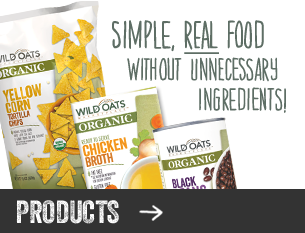There is a lot of pressure out there in the way of food studies, telling us all of the things we are doing wrong. They tell us we are overweight and undernourished. That we have reasons to be suspicious of what we eat, and the places that produce it. That the chemicals, sweeteners, oils and grains that make up our diet are sabotaging our health. In addition, there is a terror of information to suggest that the agencies put in place to protect us have failed miserably, and so we are left to sort things out for ourselves.
In the coming year, you will consume approximately one ton of food. Some of that will be on the run. But you can choose to think about your food choices. You can choose to eat organic food at home, for instance, and eliminate ingesting pesticides and chemicals that are a risk to your health.
Moving away from processed snacks made with corn, wheat and saturated or hydrogenated oils will lessen your risk of arterial build up and associated diseases. Replacing deep fried foods with fresh or baked, and staying away from anything artificial, or foods that have words on the label you don’t recognize or can’t pronounce, will reduce the number of potential toxins you ingest. Look for sweeteners that are naturally occurring–the less tampering the better.
The really good news is you can affect the way in which companies approach the products on your supermarket shelves and restaurants you frequent. Let the vendors you support know you care about what kind of food you are buying and eating.
Everyone eats on the run sometimes, but by supporting clean, healthy products in the grocery and at take-outs, you are reversing the pressure, and helping to create a better food culture for everyone.


 Contact us
Contact us










